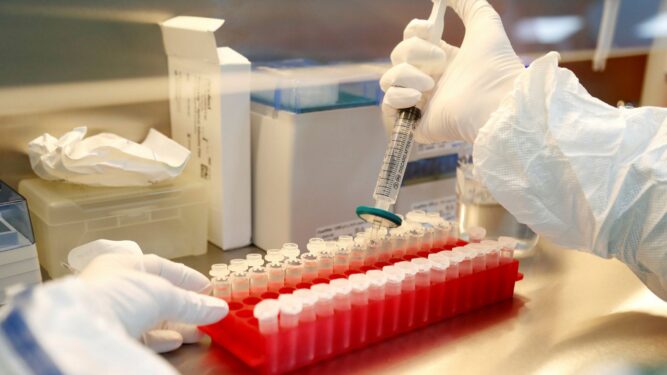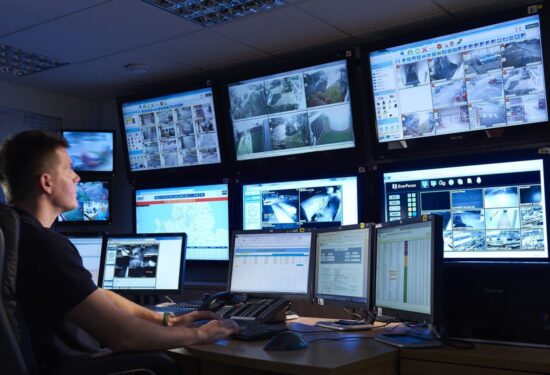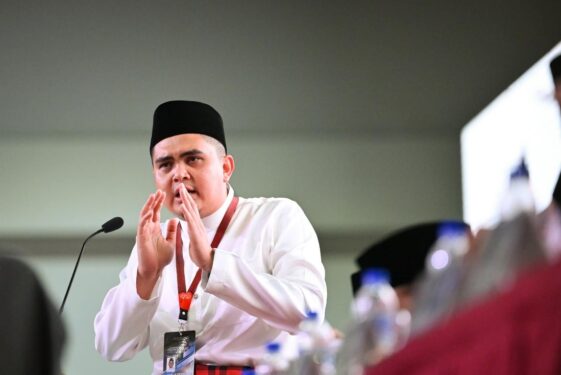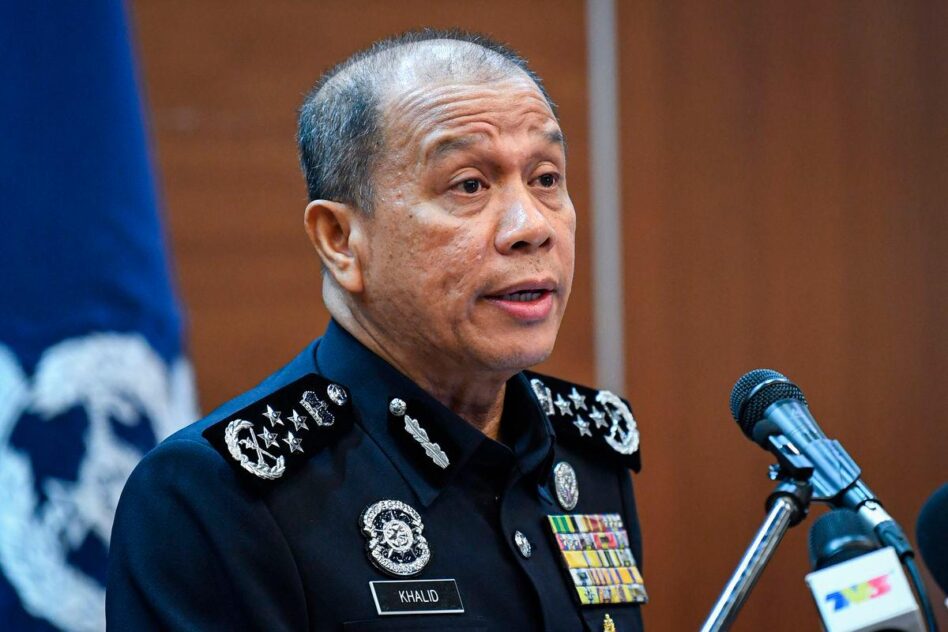THE COVID-19 pandemic causing infections and deaths from the SARS-COV-2 virus and its variants including Delta and presently Omicron continues to create health, social, industry and economic crisis.
Several countries have introduced innovation to manage the pandemic including technological innovation such as the use of unmanned aerial vehicles or drones for delivery of essentials like medical and food supplies, for security, surveillance and inspection including crowd-monitoring to ensure compliance in standard operating procedures (SOPs), for broadcasting, surveying, mapping and for spraying sanitisation.
Delivering COVID 19 vaccines

- Delivering COVID-19 vaccines in Ghana
The Brookings Institution in its paper titled “Assessing the impact of drones in the global COVID response” reported that Zipline, one of the world’s largest and best-known drone delivery companies, had been trialling its drone delivery systems for light-weight medical supplies in Rwanda and Ghana before the pandemic, working closely with policymakers more willing to accommodate delivery drones in their airspace than authorities in the United States, the EU, and other larger nations.
Zipline’s largely autonomous drones can carry a payload of up to 3.9 pounds almost 50 miles, and since 2019, the company has been working to build out Ghana’s drone delivery infrastructure in concert with Pfizer, Ghana’s Health Ministry, UPS, and other partners.
These efforts laid the groundwork for a system that could easily be expanded when the pandemic began.
In a June 2021 interview, Zipline CEO Keller Rinaudo said that the company had delivered at least 2.6 million COVID-19 vaccine doses (primarily of the AstraZeneca vaccine which does not require temperatures as cool as those needed for the MRNA vaccines) in Ghana.
The company planned to deliver over 2.4 million more, with particular focus on remote and roadless areas by the end of the year.
- Delivering COVID-19 vaccines in the USA
UPS reported on August 21, 2021 that UPS and its subsidiary UPS Flight Forward is operating the first ever US drone COVID-19 vaccine delivery and that this programme is the second COVID-19 vaccine drone delivery operation globally following the drone deliveries in Ghana.
Venturebeat.com spotlighted that Matternet drones, outfitted with a special cargo box that contains Cold Chain Technologies’ customised PCM Gel solution, a temperature-sensitive packaging mixture that maintains the COVID-19 vaccine at 2-8°C and a temperature monitoring device that monitors the vaccines temperature while in transit were used to deliver COVID-19 vaccines from Atrium Health Wake Forest Baptist Medical Centre to one of the health system’s family medicine practices located at Piedmont Plaza.
UPS dovetailed that its drone airline received a first-of-kind approval from the FAA to carry alkaline and lithium batteries, which are needed to power temperature monitoring devices required by the CDC for COVID-19 vaccine transport.
- Delivering COVID-19 vaccines in India
WHO had highlighted that India is using indigenously developed drones to deliver COVID-19 vaccines to access compromised areas and strengthen the vaccine delivery system.
The Indian Council of Medical Research’s (ICMR)-led (i-Drone) pilot project is being rolled out in Manipur, Nagaland and Andamans and Nicobar Islands.
The inaugural flight of the ICMR’s Drone Response and Outreach in North East, covering 31 km in less than 15 minutes compared to the 3-4 hours needed to transport the vaccines to Loktak Lake, delivered 900 doses of COVID-19 vaccine from Old DC Complex in Bishnupur district in Manipur to Karang Primary Health Centre (PHC), which is on an Island in Loktak Lake.
These doses were used to vaccinate 25 people at Karang PHC on the first day of the initiative on 4 October 2021.
Ferrying Medical equipment
The Brookings Institution further highlighted that in the US, a number of companies conducted drone delivery trials during the pandemic, usually operating with special, tightly limited waivers for flight beyond visual line of sight issued by the Federal Aviation Administration (FAA).
In May 2020, Zipline partnered with North Carolina’s Novant Health to ferry small items like masks, gloves, and gowns weighing no more than four pounds between a medical centre and a supply storage location, making trips of approximately 20 to 30 miles.
Transporting food to COVID-19 patients
Reuters on Sept 1, 2021 reported that a group of drone enthusiasts in Indonesia are using their aerial skills to help during the pandemic by providing a contactless medicine and food delivery service to COVID-19 patients isolating at home.
Armed with five drones, the seven-member team have been working around the clock in Makassar, the capital of the South Sulawesi province, since early July to provide deliveries.
Surveillance and monitoring
Drones are being deployed in a number of countries including China, the US, Spain, France, the UK, and India to monitor social distancing, quarantine rules and lockdown compliance.
A case in point, Popular Mechanics reported that despite public health officials recommending social distancing policies and governments outright banning large events and shuttering businesses to stop the spread of COVID-19, some people still aren’t listening and thus to keep people indoors, Spanish authorities used drones, mounted with microphones, to tell of people who were not self-quarantining.
Geospatial World had spotlighted that in addition to street surveillance, authorities are also using drones to broadcast messages and information about lockdown measures, especially in rural area that lacks open communication channels for health information.
Drones equipped with loudspeakers are used to make public announcements to keep people indoors, take necessary precautions, make social-distancing and wear a mask if stepping outside from home.
Geospatial World further shared that a Global Times video on twitter shows a drone hovering over a village in Inner Mongolia, warning old lady with audio in Chinese, “Yes grandmother, it’s the drone who is talking to you. You should not go out without wearing a mask. You’d better go home and don’t forget to wash your hands.”
However, the use of drones for surveillance raises a debate about privacy and individual rights.
The Brookings Institution highlighted that a court in Paris ruled that city authorities couldn’t use drones to monitor social distancing, and communities in the U snapped back at their use by local police.

UNICEF’s recommendations on how drones can be used to combat COVID-19
- Appropriate financial and human resources need to be in place in order to have drone technology that is available when needed either through service contracts, or by having local organisational capacity to run drone operations. It also needs to take international movement, health and supply restrictions into consideration;
- Establishing procurement algorithms that are built on selecting most cost-efficient service that offers quality (service and technology), agility, sustainability, compliance and other key elements;
- Drone program implementation cannot be done without local skills and capacity therefore, local education and knowledge transfer is the key enabler. This does not only apply to people who can run drone operations, but also to governmental entities and health sector that are the ultimate end-users of this technology;
- Drone utilisation is not possible unless there is a local regulation enabling safe drone operations;
- Local sensitization of communities and stakeholders needs to be done before and during the drone program implementation, in order to inform the public and raise awareness about the technology, ultimately ensuring local social and political acceptance;
- Drone integration into the health supply chain has to be shaped and determined by the design of the existing health supply chain system, taking into consideration the problem that drones are solving, the purpose of the use of this technology, as well as clarifying whether drones is the cost-effective alternative to existing transport modalities.
Recommendations for Malaysia
- Malaysia should consider investing in and using drones to offer innovative solutions for its medical and social sector. MOH could consider deploying drones for transportation of COVID-19 vaccines, other vaccines and medical supplies to areas that are difficult to access;
- The food and beverage sector could use drones to deliver food and other essentials especially to COVID-19 patients self-isolating at home instead of delivery riders as a means to protect human interaction;
- Respecting public privacy and only when necessary, the National Security Council (MKN) in partnership with MOH and other enforcement agencies could deploy drones in particular in crowded spaces such as stadium, polling stations including the upcoming Johor state polls to monitor SOP compliance; and
- In view of the increasing education clusters with a number of school children infected, drones could be deployed to selected schools to monitor school children to determine the possible cause of these infections and for the Education Ministry to put in place policies and guidelines to protect the children. – Feb 16, 2022
Sheriffah Noor Khamseah Al-Idid Syed Ahmad is a former special officer to Malaysia’s first Science Advisor to Malaysia’s 4th Prime Minister and is also an Innovation & Nuclear Advocate Alumna from Imperial College, University of London, UK.
The views expressed are solely of the author and do not necessarily reflect those of Focus Malaysia.









